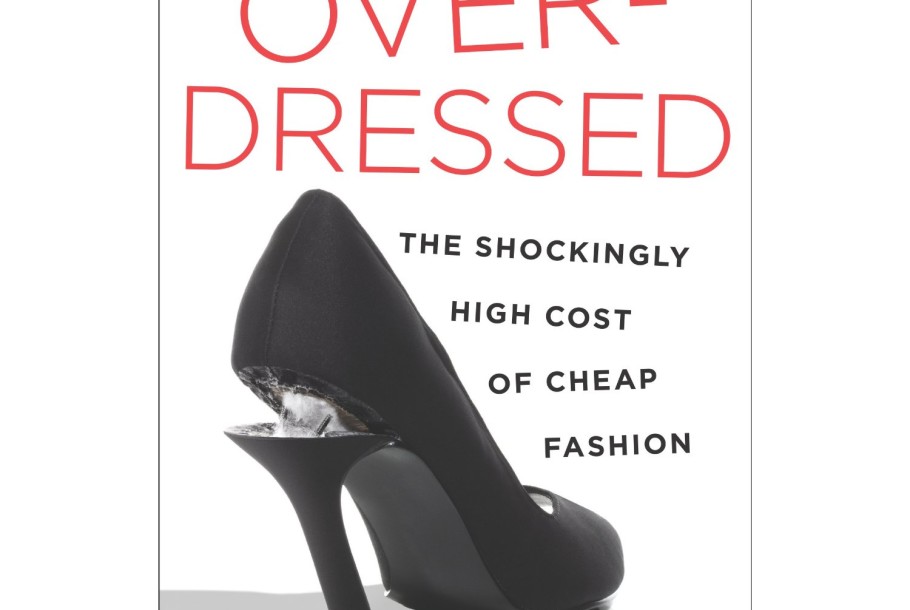
The Real Story Behind Our Clothes: Books to Read
In my continuing pursuit to understand the business of fashion, I’m devouring some great books that look at the clothing on our backs. Over the past few weeks I’ve read a book that looked at the super high end of the range and the low end of the range and guess what – dismally, they had a lot in common. It all seems to be a race to the bottom…
Overdressed: The Shockingly High Cost of Cheap Fashion
How many of us have ever bought clothes where we thought how the hell can they make it so cheap? The author of this book certainly did. She was a fast fashion addict filling her shopping bags with $7 shoes and $5 tank tops. I don’t think any of us really think this is sustainable for the world, but this book does more than just touring glum pollution clogged Chinese cities, and dying garment industry areas in America. Have you ever noticed the current craze for studs? Prints? Colours? These are ways which fast fashion retailers can take a cheaply made t-shirt or sweater and make it look like it is of any quality. Glue on some embroidery! Bring out a new range of colours! Camouflage! Spots! We seem to lap that crap up, and go around wearing ill fitting clothes that are falling apart at the seems while jobs are exiting abroad and the manufacturing trade in North America dries up.
Fast fashion essentially relies on volume and hopes consumers will fill up their bags with gobs of clothes. She takes us behind the scenes, and finally at the end talks about some alternatives. I enjoyed this book immensely and it certainly made me think twice about where I buy my clothes mostly because it made me take a look at what is in my closet: the seams, the pilling sweaters and the ill fitting pants. It made me wonder – why the hell did I buy this in the first place? It’s not as well written as the the book below, but was still thought provoking.
Deluxe: How Luxury Lost Its Luster by Dana Thomas
If you think that luxury is a quality alternative to cheap fashion, think again. Some of it is, if you can afford it. Hermes and Chanel are two standouts that continue to invest in dying trades, workmanship, and real quality (they are also still privately owned). I used to think luxury was a waste of money but now realize that it is those companies that keep so many traditions alive. Other luxury brands – not so much. In a nutshell, what happened is that small houses were bought by huge conglomerates that are publicly traded and must make profits for the shareholders. This means a huge push for huge profits whereas before the small houses were often content with what they had and focused on quality. How to get those profits? Make fashion available to more people – i.e. the masses. Ever notice how designer handbags are everywhere? Yeah, well the markup is 10-15 times the cost to make the bag. Compare this to clothing at 2-3 times the cost. And you don’t have to be a certain size to buy a handbag. Ditto with perfume. And the formula is often to put a young, cutting edge designer in a traditional house to shake things up. Sound familiar? Marc Jacobs at Vuitton was the first, and most recently there’s Alexander Wang at Balenciaga and Hedi Slimane at Saint Laurent. Don’t get me wrong, these people are immensely talented but it just sounds so formulaic. Oh, and apparently Miucca Prada never wanted to design fashion and is forced to by her husband…
So where do I stand after reading these books?
Well, I still do covet luxury brands. I picked out a Kate Spade bag (on sale!) for Christmas. Am I a fool for doing so? I don’t think so. I really loved the bag, and will keep it for years.
Will I still shop at fast fashion? Yes, but I will be a lot more thoughtfull. I will look closely at the clothes, and the fit and not just grab things haphazardly.
But I will intentionally try to buy things I really love, that fit me well, that are high quality and that will be worn for years. That really is the all you have to do. Extra points for buying vintage or from those who make their clothes in small batches in an ethical manner. I know that Lowell in Montreal is dedicated to this manner of manufacturing and I’m sure there are other stores.
A long time ago I had two friends. One bought tons of cheap clothes she wore once, and the other bought only a couple more expensive pieces. The gal buying the cheap clothes thought the other friend was a fool and getting ripped off. In the end though, they probably spent just as much money but maybe that girl buying the quality pieces still has some of those clothes in her closet.
And if you want to know how it used to be read Shocking Life: The Autobiography of Elsa Schiaparelli. Once you get past the author referring to herself in the third person, you can see what luxury fashion was like in the early 20th century which is such a treat and an eye into a lost time.
Leave a Comment cancel
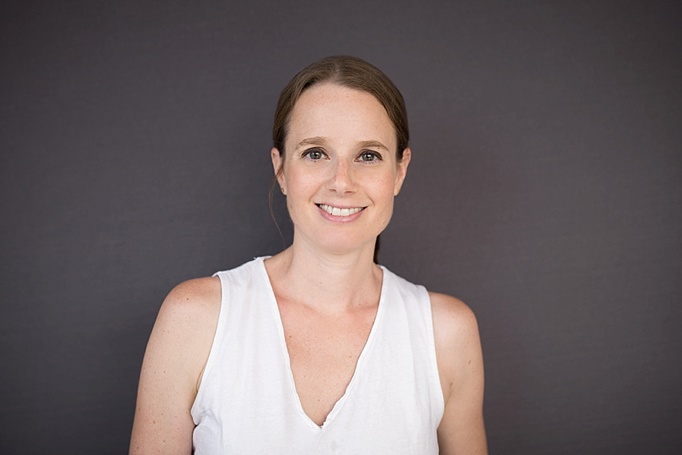
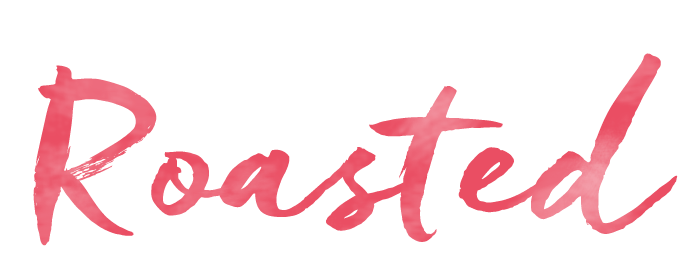
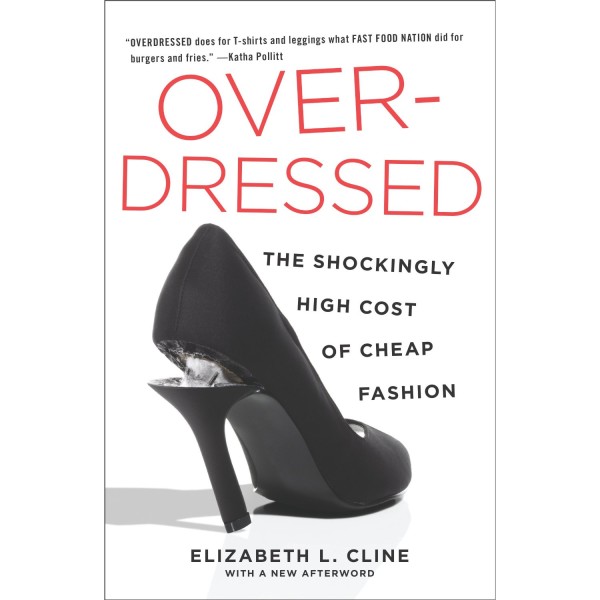
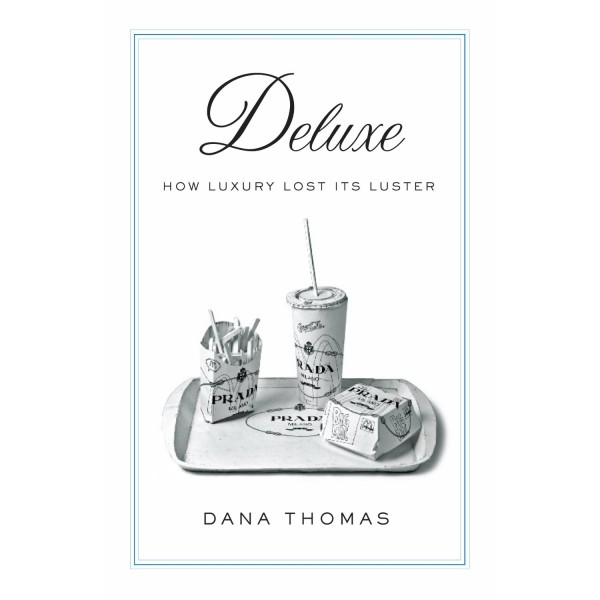

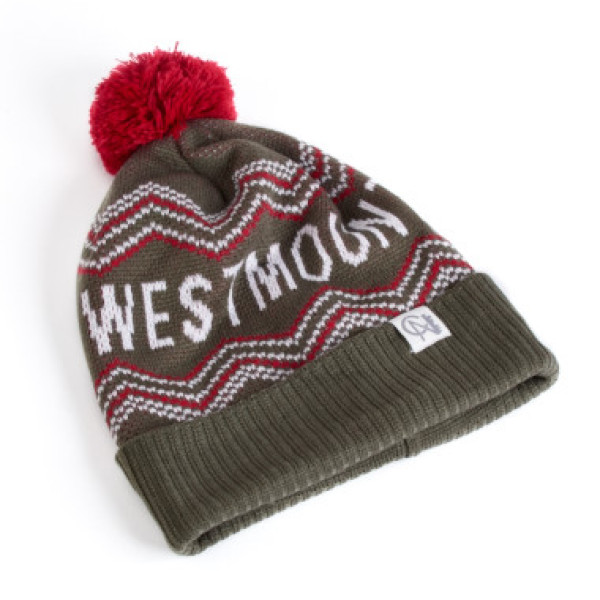

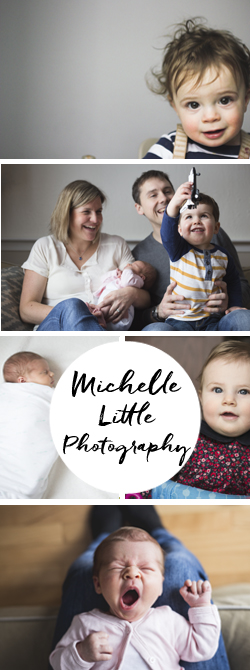








Pingback: Books I’ve Been Reading | Roasted